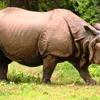Celebrating nature: 5 biodiversity parks in India preserving the country’s green cover
As the world celebrated International Day of Biological Diversity on May 22, SocialStory lists some of the rich biodiversity parks spreading swathes of green across the Indian sub-continent.
India is not only renowned for its cultural diversity but also a geographical variation across states from Rajasthan’s Thar Desert to the lush green cover in the northeastern states.
However, over the years, industrial development has led to the decline of many forest covers and has left the land barren in many places due to illegal mining, construction of roads, and building over forest land.
But at the same time, a consciousness to preserve what was has risen among people. Citizens are coming together to restore barren lands and turn them into green parks.
As the world celebrated International Day of Biological Diversity on May 22, SocialStory lists some of the rich biodiversity parks that are preserving India’s green cover and nature.
Yamuna Biodiversity Park, Delhi
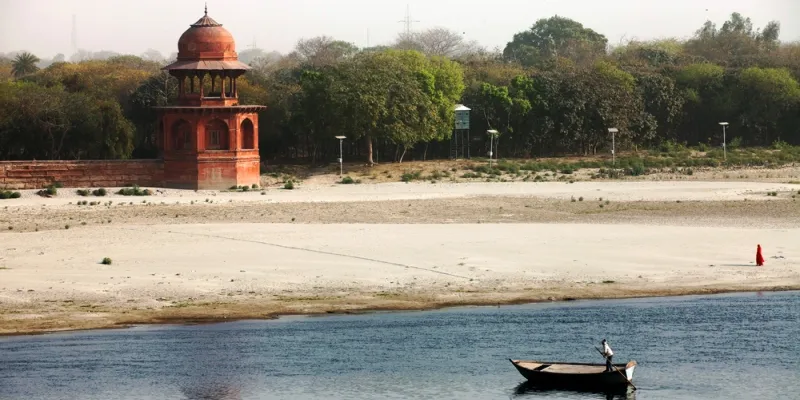
The park lies at the riverfront of river Yamuna
Spread across 9770 hectares on the riverfront of Yamuna, the Yamuna Biodiversity Park was developed by the Delhi Development Authority. With the help of the Centre for Environmental Management of Degraded Ecosystems (CEMDE), University of Delhi, the park houses a range of resident as well as migratory bird species.
The park’s design allows the replenishing of groundwater and intensifies freshwater availability. According to data from 2019, the park houses over 1,500 species of plants and animals, and 200 species of birds. 75 species of butterflies, 10 species of snakes, and big mammals like porcupine, small Indian civet, and wild boars.
Aravalli Biodiversity Park, Gurgaon

A fernery at the Aravalli Biodiversity Park (Image: Delhi Biodiversity Parks)
The Aravalli Biodiversity Park, designed by ecologist Vijay Dhasmana, is a green cover on land spread across 699 acres of land. What was almost an area of extinction due to mining, is now home to 240 native plant species including Rudraksha, Hadjod, Van tulsi, Rakt Madar, Nirgundi, and others including orchids, ferns, etc.
The park also houses more than 100 species of butterflies. The mining pits are now ferneries for the conservation of fern species. Apart from the range of species of plants and animals, they also organise awareness classes within the park for all nature lovers.
Udaan Biodiversity Park, Pune
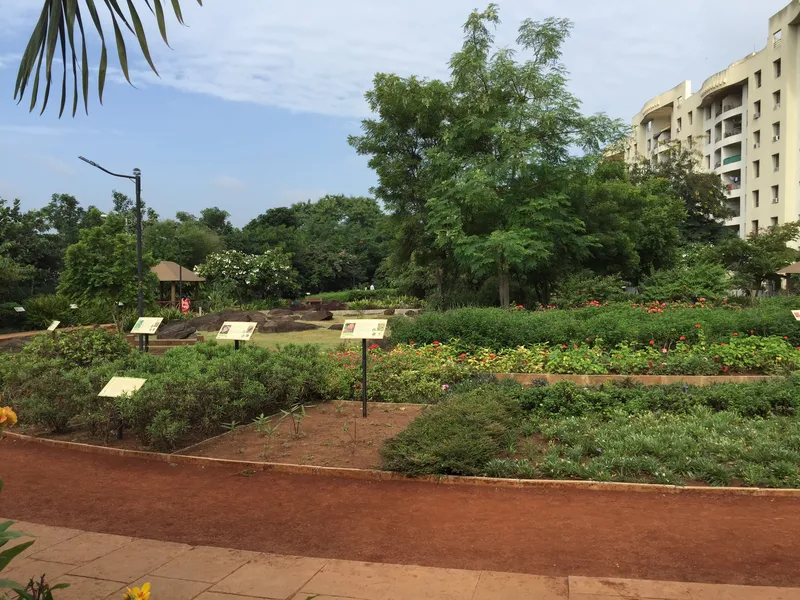
Udaan Biodiversity Park (Image: Twitter)
The Udaan Biodiversity Park is situated in between an airport, a number of housing complexes and other commercial buildings. The park gives the visitors an elevation through all the five senses. They can touch and also taste the various plant flowers and fruits.
The park is maintained by the residents but also ensures that the wastes are composted and given back to the soil. This has completely removed the use of any kinds of chemical pesticides and fertilisers. Moreover, empty milk packets are used to nurture saplings. In fact, in 2017, the park gave away over 2,700 saplings to gardening enthusiasts.
Vanaparvam Biodiversity Park, Kozhikode
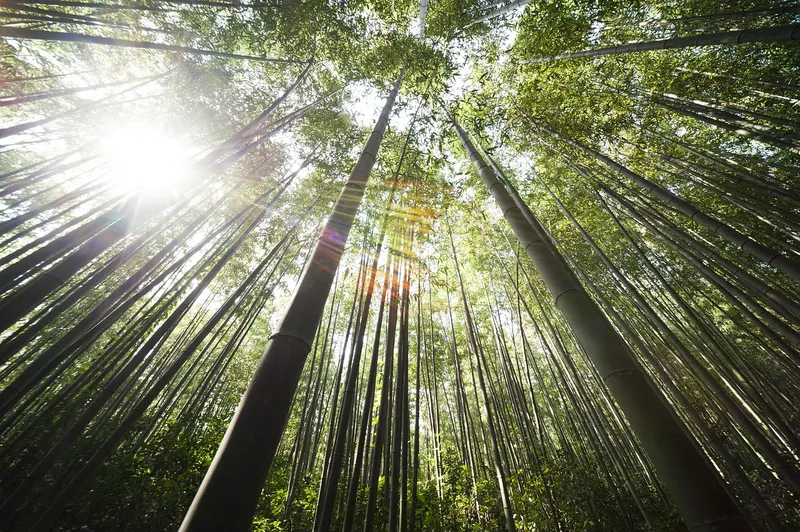
Bamboo species can also be found at Vanaparvam. (Representational image)
Over 2,300 species of plants including 150 species of herbal plants, 23 species of bamboo saplings and 20 orchid varieties make up the Vanaparvam Biodiversity Park, which covers an area of 111.4 hectares of land.
Nestled within the Thamarassery forest range in Kakkavayal, Kozhikode, the park is also home to a variety of butterfly and dragonfly species. Flowing through the park is the Pathipara river over which extends a suspended wooden bridge, an attraction to many nature lovers.
Tilpath Valley Biodiversity Park, South Delhi
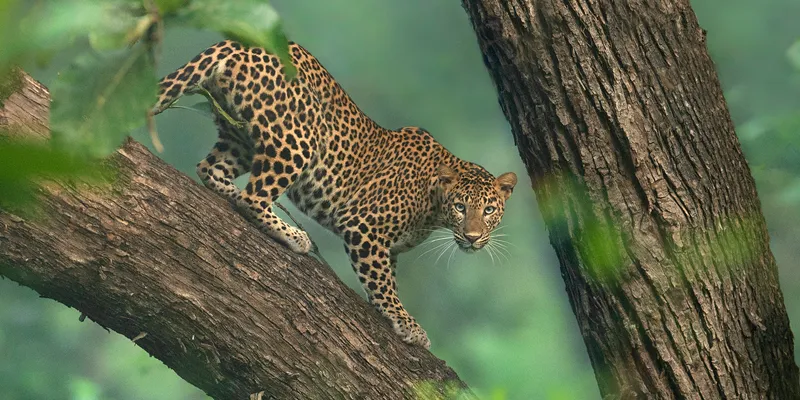
Leopards can be found in Tilpath Park (Representational image - Shaaz Jung)
This 172-acre land is located within the Aravalli range and is the third biodiversity park in Delhi. Developed in 2015, the park saw 40,000 volunteers plant more than 100,000 trees the same year. The following year, over 20,000 trees were planted again.
The park has over 100 bird species and shrub species each, 32 butterfly species, 15 herpetofauna species, and mammals including leopards, jackals, nilgais mongoose among others.
Edited by Saheli Sen Gupta



